Some people plot, and some write by the seat of their pants. Which is better? That depends on the writer. Writing is personal and creative, and not one writer's mind works like another. Some people are natural storytellers and can come up with novels that are longer than the industry standard without a minute of plotting. Others need the structure of plotting. Both approaches have turned out great books. Both have benefits and drawbacks. You can even combine the two if plotting isn't for you, but pantsing just doesn't cut the mustard.
Creating a Blueprint: Plotting a Novel
When you plot a novel, it's like you're building everything from a set of blueprints. Writers who prefer plotting plan everything about their story before they write the first word of the novel. They create character profiles, detailed outlines, and world-building notes.
It could take several months to plot a story – or it could take just a few weeks. There are many advantages of plotting, including:
- Structure and Organization: When you outline a story ahead of time, you have a clear structure for the story. The plot points are well-defined, as are the characters. The events in the story have a logical progression. With structure and organization, writers can keep a tight narrative.
- Reduction of Writer's Block: When you know what comes next, you are less likely to suffer from writer's block. You always have a direction to follow – if you get stuck, look at your notes. Pantsers will say that's not as much fun.
- More Efficient Editing: When you have a structured plot, you can find holes in the plot and inconsistencies much better. This makes editing easier as you can look back on your notes – and you don't have to look for an inconsistency you noticed. You can go right to the chapter instead of having to look for it.
- Better Foreshadowing: When you plot ahead, it's much easier to plant clues for your readers. Some say you can create a more engaging and satisfying reading experience, but I've read some great books written by pantsers – and finished the book wanting more because the story was well-written and had an excellent plot.
- Better Goal Achievement: When you know the outcome of the story, it's easier to keep the story on track and achieve your goals.
Drawbacks of Plotting a Story
The drawbacks of plotting a story are rather significant. Plotting can stifle creativity and spontaneity. You might be writing and may think of something that would make the story even better – but you would have to change something else in the plot that doesn't fit the scene. That could cause you to miss a great turn of events or an extra scene.
Plotting can also become overwhelming. Creating detailed outlines can also seem very overwhelming. One thing we all know – it's a certified time suck. Some people get so involved in plotting that they never actually get around to writing the story.
Sometimes, a writer gets too attached to the plot that took them weeks or months to create. When they know a change will only make the story better, they are hesitant to make that change because it is not in the plot.
Finally, when a writer relies on a plot too much, it can result in formulaic storytelling – the writer sticks to tried-and-true patterns instead of exploring more original and creative avenues.
Any of these drawbacks can cause what might be a bestseller to turn into a mediocre book with not-so-great reviews and cause others to pass over the author's next book. When plotting a story, watch for these drawbacks and overcome them to add that extra burst of creativity you came up with.
Discovering Your Characters with Pantsing
For those who have never heard of the term 'pantsing,' it's writing by the seat of your pants or writing on the fly. If you have a plan at all, it might be having a couple of characters in mind and an ending to the book. Or, you may have the thought of writing about [insert subject] and not even have characters in mind.
Pantsers trust their instincts and allow the narrative to unfold naturally as they write. They can tap into their creativity and the freedom to put what they want on the page, including unique characters and unexpected twists that result in fresh, inventive stories.
Additional benefits include:
- Character Development: Characters often seem more authentic as they are developed on the fly. As the story progresses, the author can discover a character's quirks, flaws and motivations, which makes the character feel more real to readers.
- Plot Twists: When you have no plot to follow, you can make unexpected plot twists that surprise even yourself. Adding extra plot twists and revelations helps keep the story engaging.
- Quick Start: One of the best things about being a pantser is when an idea pops into your head, you can just sit down and start writing to see where the story takes you.
- More Enjoyable Writing Process: Many people who write by the seat of their pants enjoy uncovering the plot as they go, which can make writing more enjoyable.
Drawbacks of Pantsing Your Way Through Your Character's Life
The drawbacks of pantsing can result in a longer editing process to fix inconsistencies and a meandering narrative. Other drawbacks of pantsing include:
- Writers can get stuck – they can't figure out or decide where to take the story next. This leads to writer's block and frustration.
- A pantser might struggle with pacing and not have a sense of when to escalate conflicts or resolve subplots.
Combining Pantsing and Plotting: Thinking Outside the Box
Even though plotting and pantsing are two very distinct approaches to writing, they can be combined. You can find a balance that works to create a bestseller. Try starting with a loose outline – one you can draft in less than an hour. The outline should only provide the basic structure of the story to help avoid plot issues later in the book.
Allow yourself to deviate from the outline if you think of something that would make your book scarier, sexier, or have more drama – whatever genre you're writing in. If a new idea feels right, go for it. You can't think of everything when you're plotting.
Overall, trust your instincts. If something doesn't feel right, don't put it in. If it feels right, go for it. Finally, share with beta readers or critique partners to help identify areas that need more plotting or pantsing.
While there is a debate about plotting vs. pantsing, it doesn't have to be a debate in your mind. You can even mix them up – whatever it takes to get that next bestseller. And remember, there is no one-size-fits-all because everyone's thought processes are different.
When you learn your strengths and weaknesses, you'll be able to put together a formula that lets your unique voice speak to your readers.
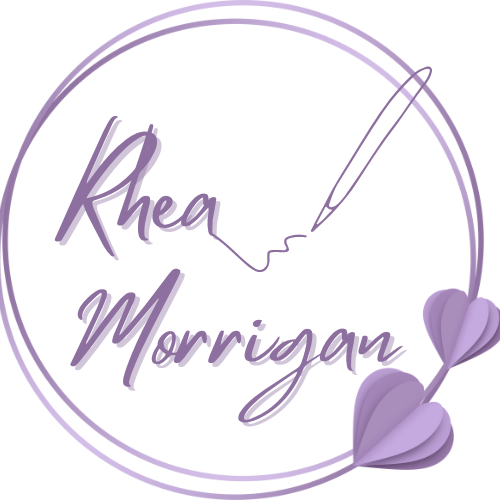
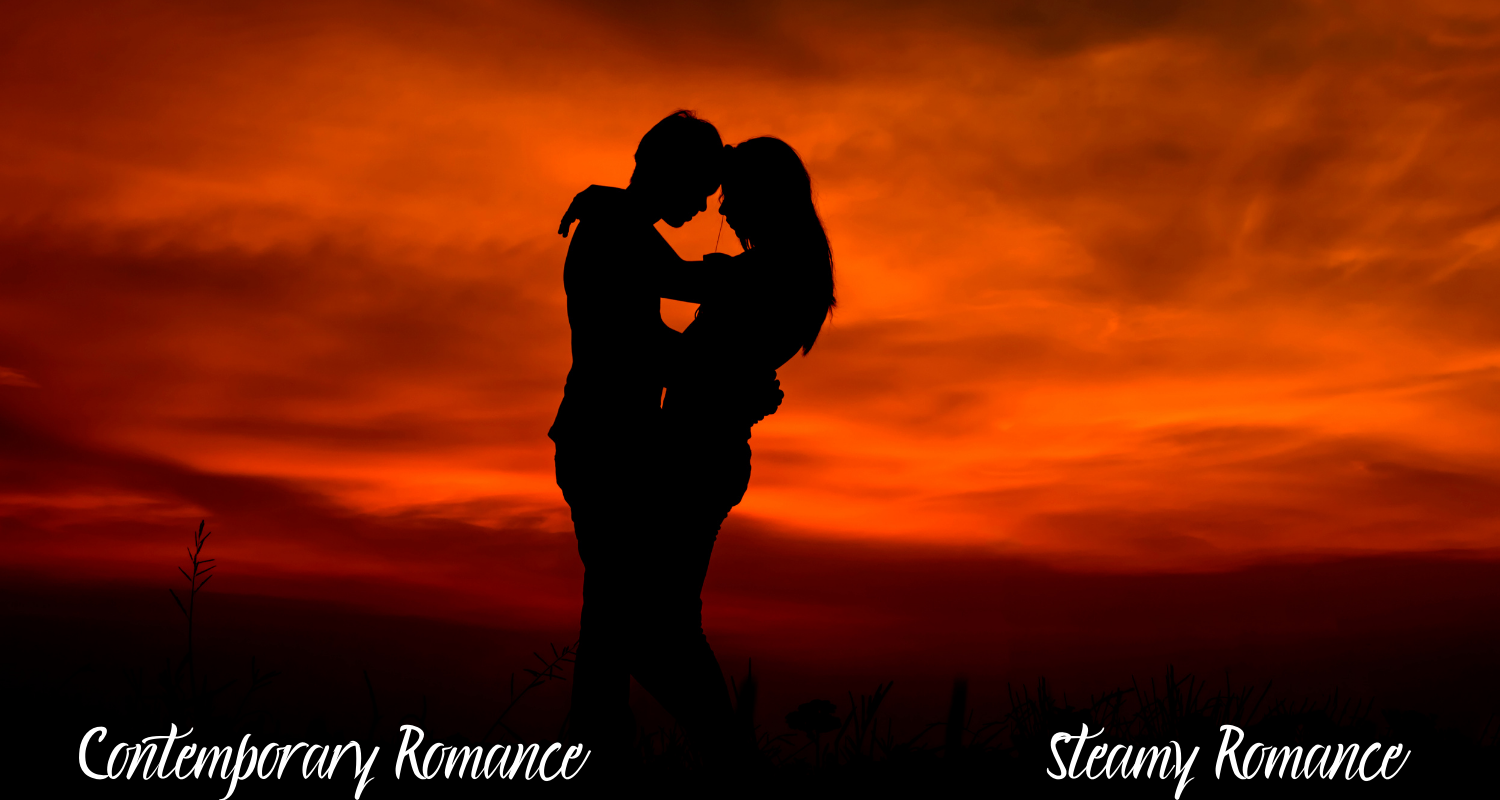
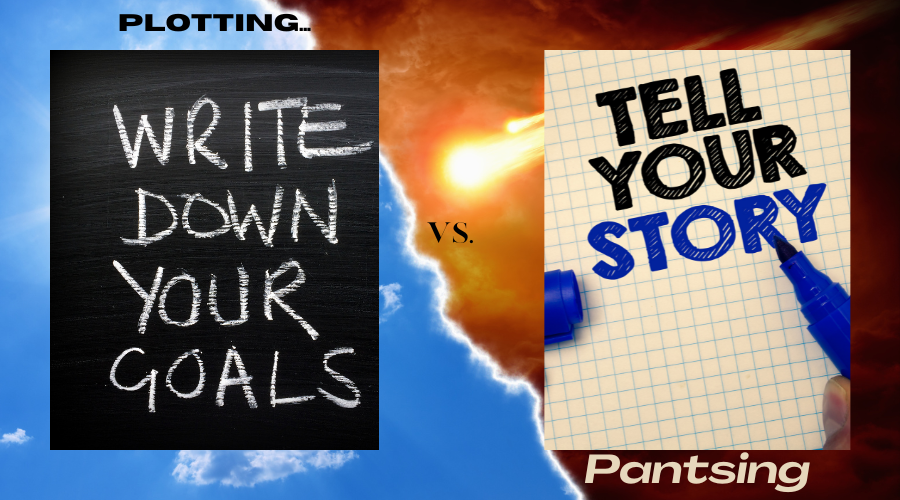

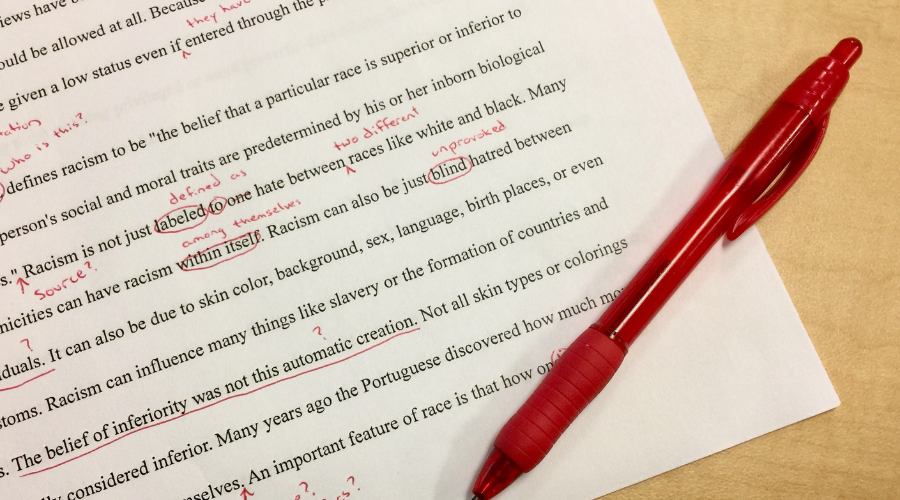

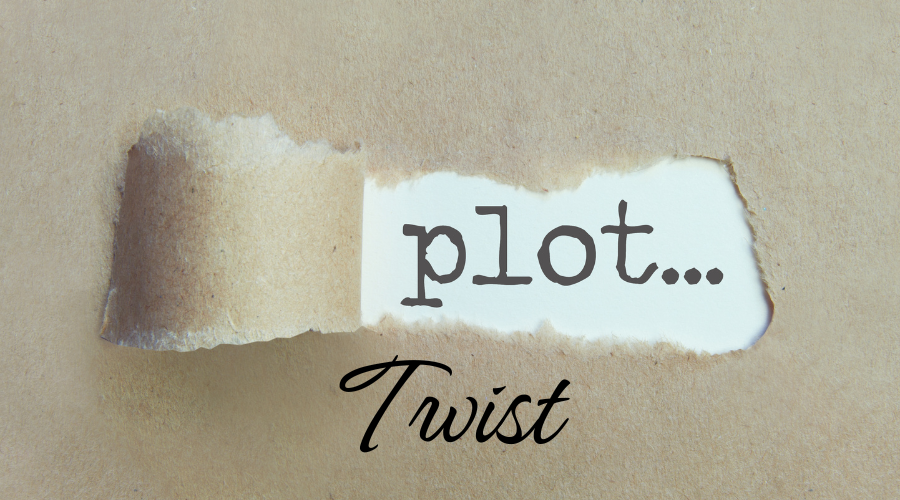
Comments